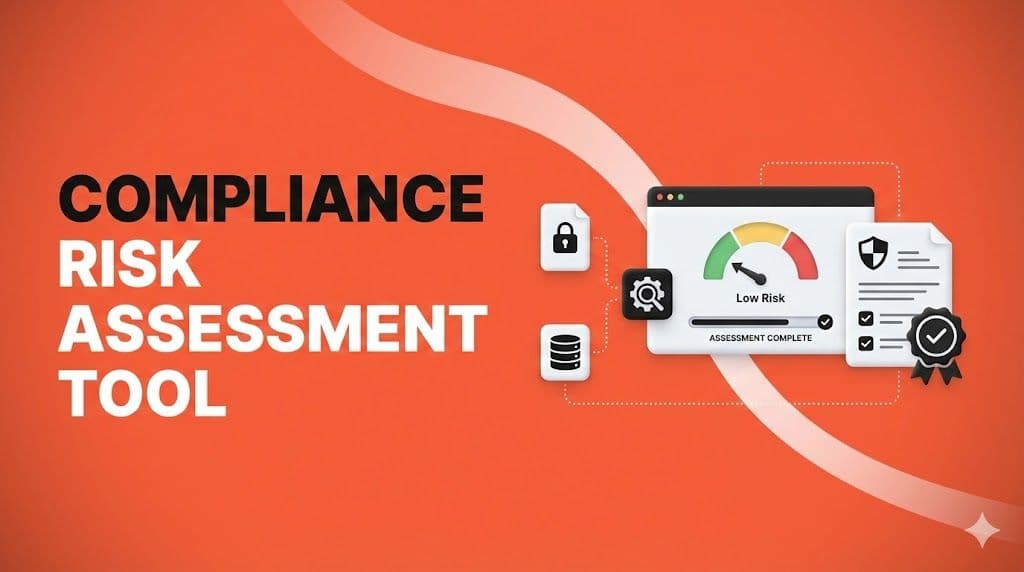Understanding Business Compliance with Risk Assessment Tools
Running a business means juggling countless responsibilities, and staying on top of regulatory requirements is often one of the trickiest. Non-compliance can lead to fines, reputational damage, or worse. That’s where a solid evaluation of potential vulnerabilities becomes invaluable. By identifying weak spots in areas like policy adherence or employee training, businesses can take proactive steps to avoid pitfalls.
Why Assessing Regulatory Risks Matters
Every industry faces unique rules and standards, but the consequences of slipping up are universal. A tool designed to measure compliance risks offers a practical way to gauge where your organization stands. It looks at key factors—think audit schedules or past incidents—and turns them into actionable data. This isn’t just about checking boxes; it’s about protecting your business’s future. Small tweaks, like improving training programs, can make a big difference.
Taking Control of Compliance
The beauty of modern solutions is how accessible they’ve become. With just a few inputs, you can get a clear picture of your risk level and know exactly where to focus. Whether you’re a startup or an established firm, staying ahead of regulatory challenges is key to long-term success. Don’t wait for a problem to arise—start evaluating today.
FAQs
How is the compliance risk score calculated?
The score is based on four inputs, each weighted to reflect real-world compliance concerns. Policy adherence accounts for 30%—it’s a big deal since weak policies often lead to issues. Audit frequency is 20%, incident history is 25%, and training completion rate is 25%. We combine these into a score out of 100, where a lower number means higher risk. It’s designed to give you a quick, realistic snapshot.
What if I enter incorrect or missing data?
No worries! If something’s missing or outside the valid range—like a negative number for incidents or a training rate over 100%—the tool will prompt you with a friendly error message. It’ll ask you to double-check and correct the input before calculating your score. We want to make sure the results are meaningful for you.
How can I use the risk score to improve compliance?
Your score and risk level—High, Moderate, or Low—point to where you need to focus. A low score might mean ramping up training or scheduling more audits. Look at the breakdown to see which areas dragged your score down, then tackle those first. It’s a starting point to build a stronger compliance strategy without feeling overwhelmed.

.jpg)

.jpg)